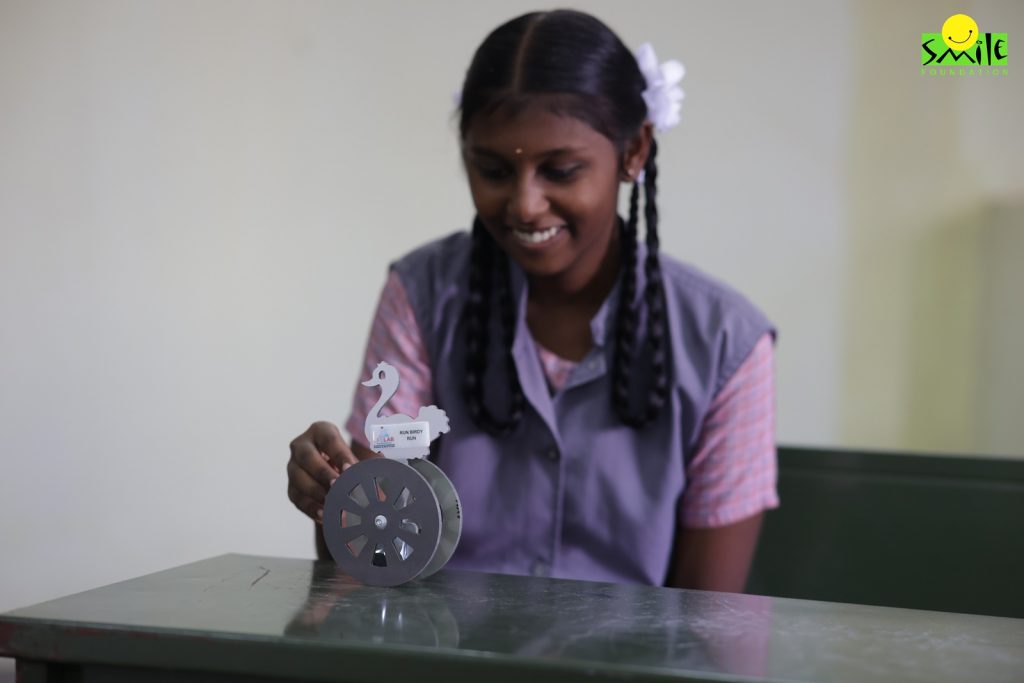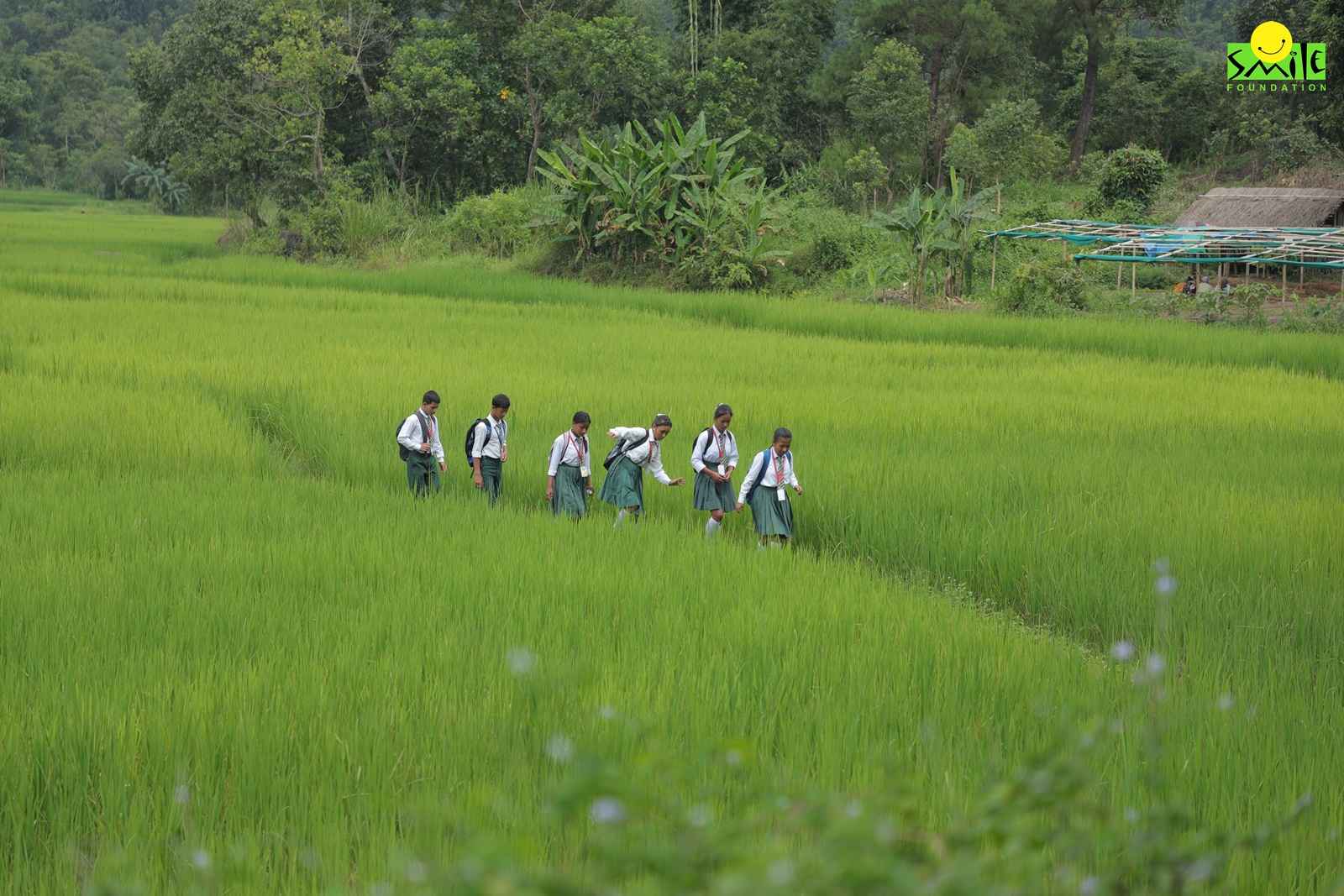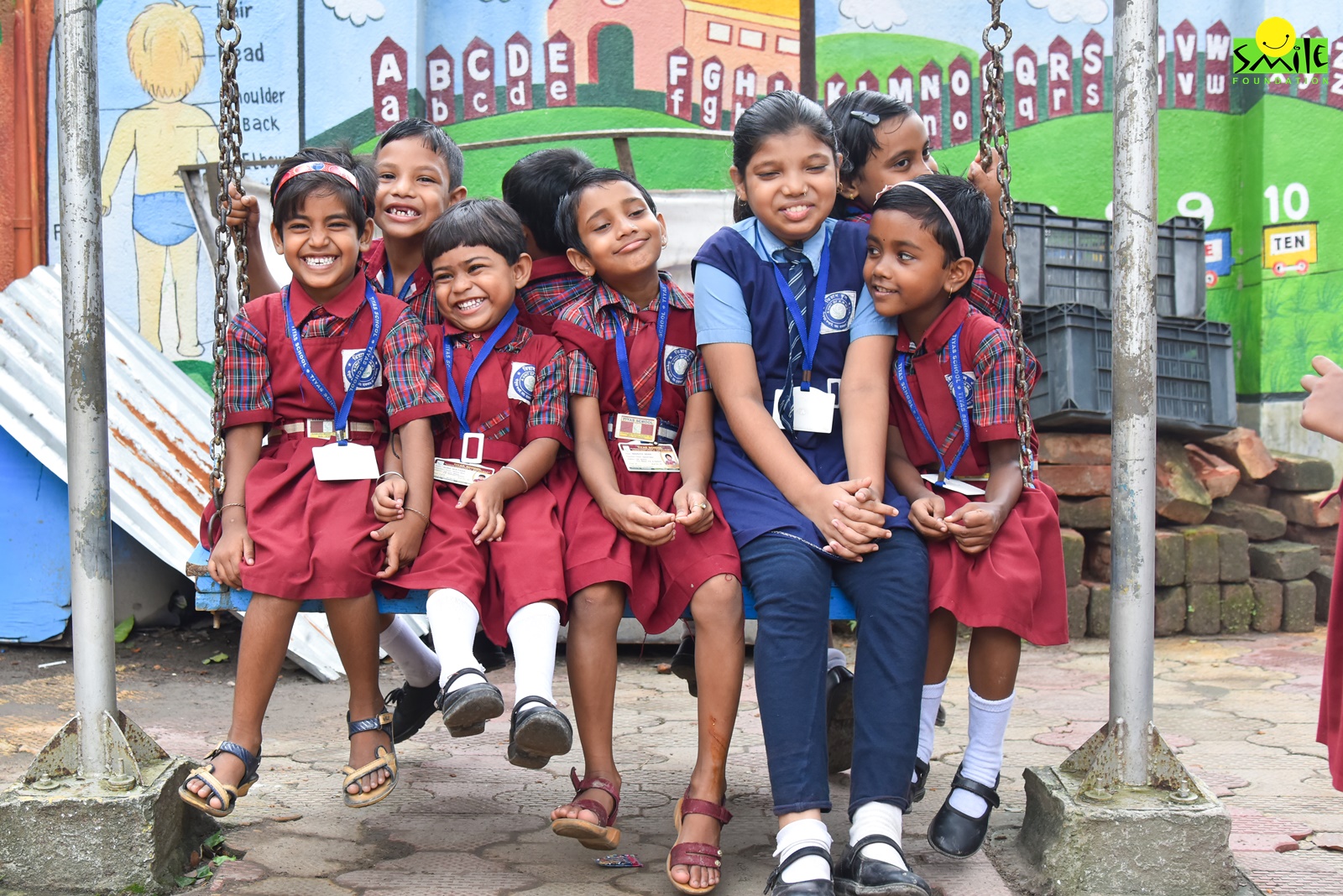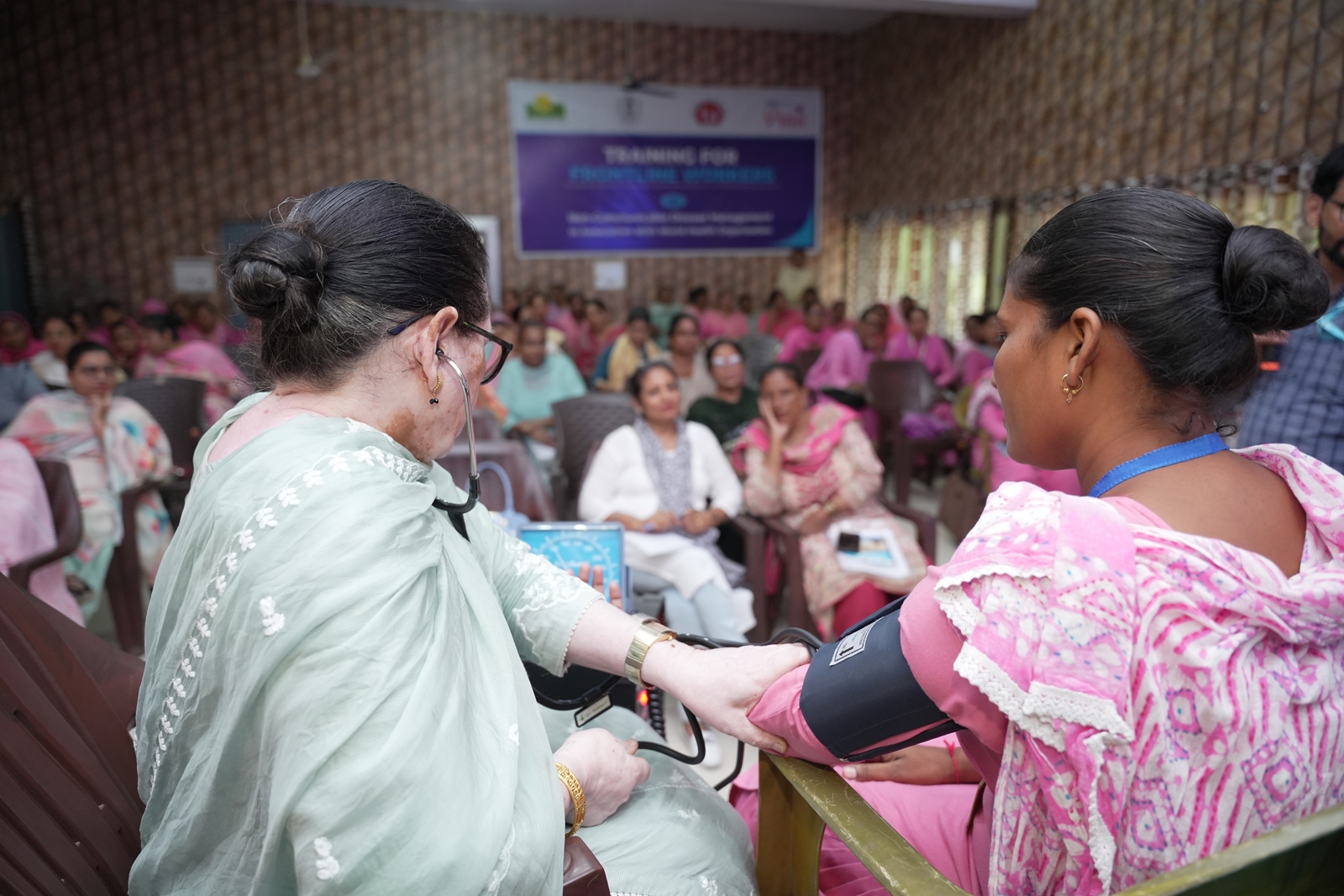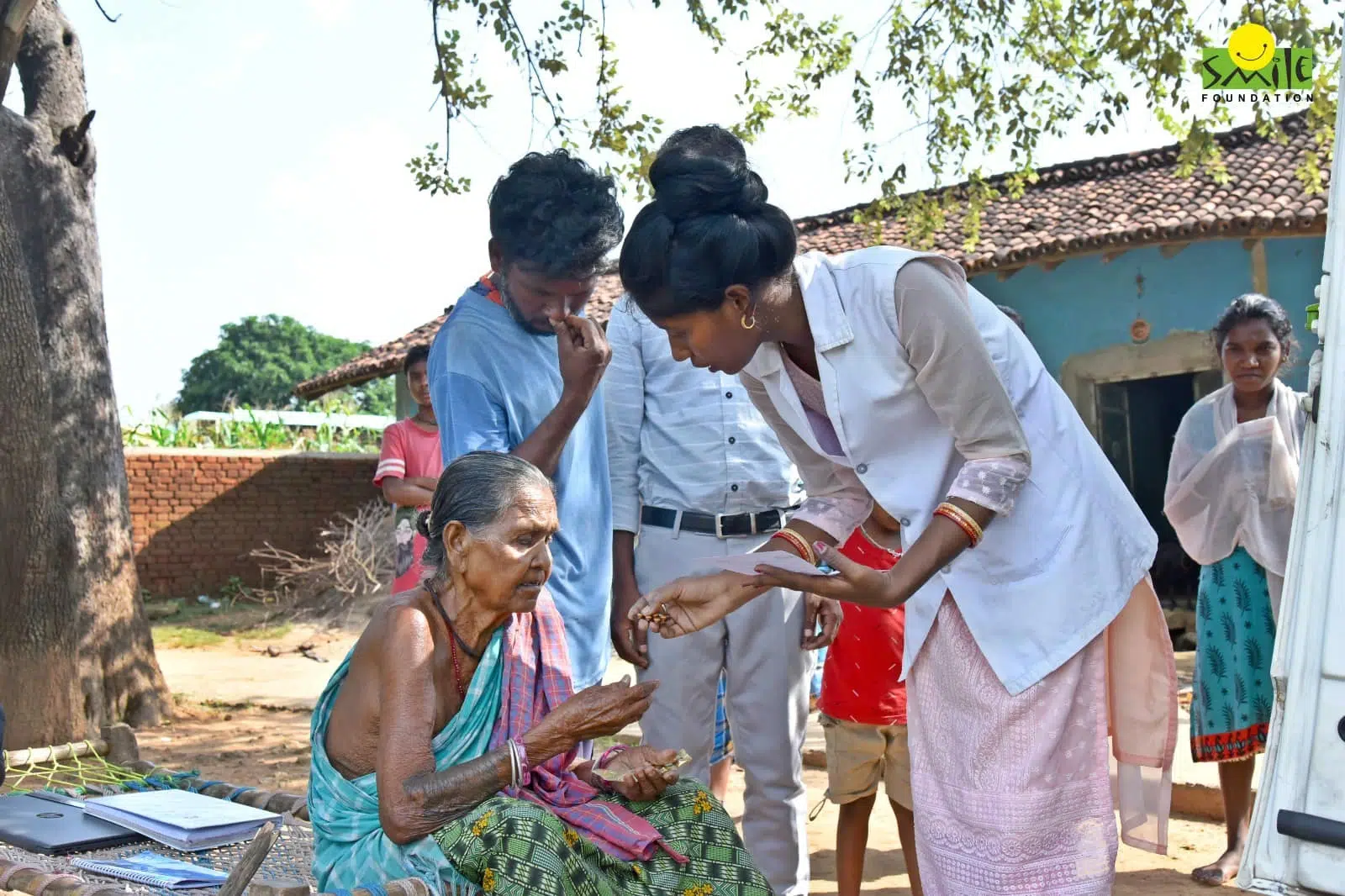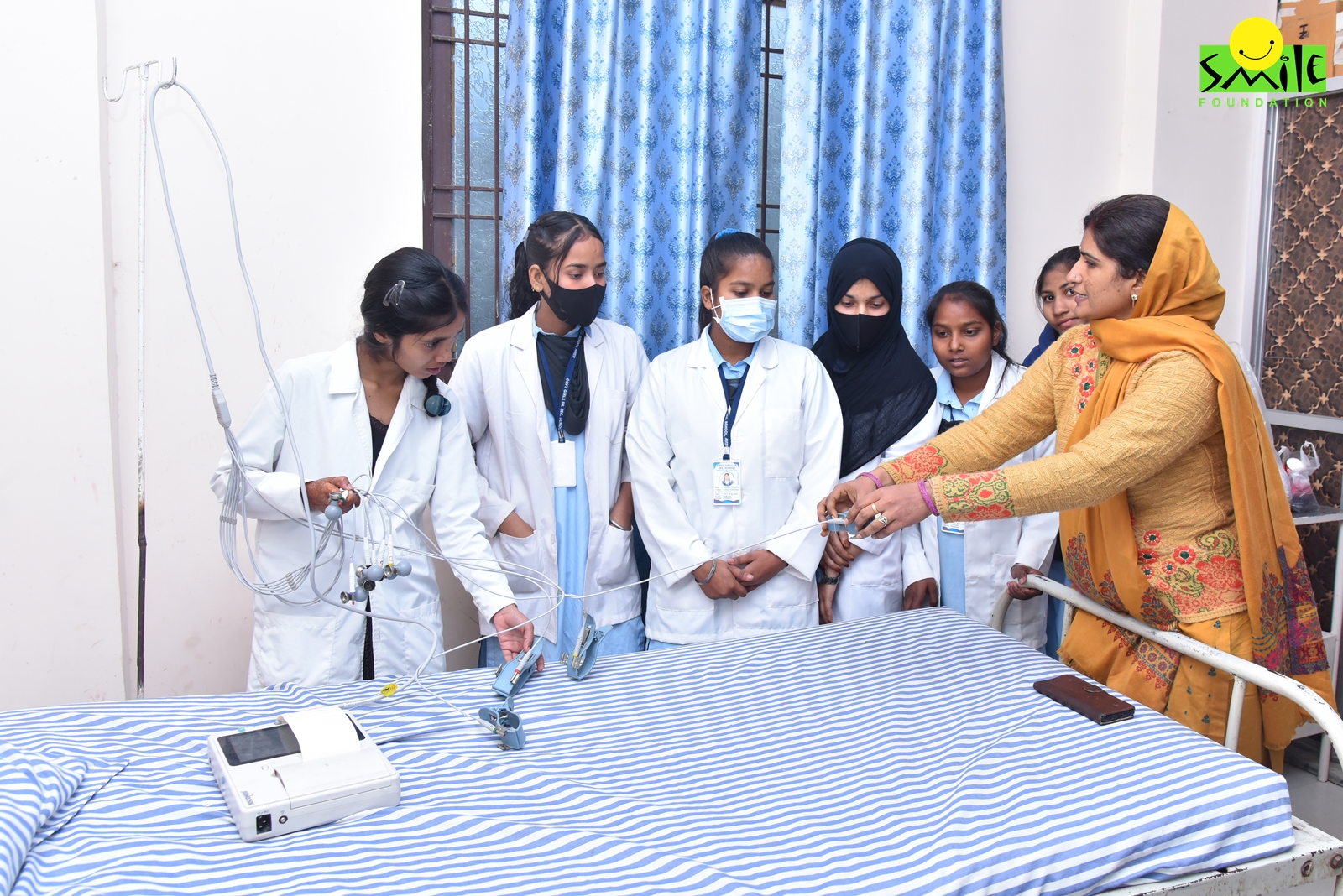Magdalene Jeyarathnam, founder-director East West Centre for Counselling, is often roped in by colleges to conduct courses in expressive arts therapy or psychodrama. “As per UGC guidelines it is now mandatory for undergraduate and postgraduate students to have skill certification. The certificate courses I conduct are part of it, and I get students from various disciplines,” she says.
India’s burgeoning youth population
There is an expectation that India’s youth population will reach 420 million in 2024, according to the People Research on India’s Consumer Economy (PRICE) survey. This makes up 29% of the total population. By 2047, India will also have 1.1 billion people in the working age group (15-64).
The country’s youth can be an integral part of India’s economic growth. However, they need the access to the right skill sets and training to realise their full potential.
Ground realities
At present, the scenario is rather bleak. According to the India Skills Report 2020, the youth employment rate has remained stagnant for the past three years. According to UNICEF and the Education Commission, more than 50% of Indian youth do not have the education and skills necessary for employment by 2030.
“The educational curriculum has become redundant over the years. It doesn’t look at the needs of the country and is not geared to help students enter the job market,” says Magdalene. “The curriculum is based on what was taught in the past, and changes are made keeping the next few years, and not the long-term picture, in mind.”
In 2023, the University Grants Commission approved draft guidelines for the ‘Introduction of Short-Term Skill Development Courses in Higher Educational Institutes’, paving the way for introduction of credit-based courses of three to six months duration.
Unemployability on the rise
The India Skills Report 2021 states that nearly half of India’s graduates are unemployable. Open unemployment was barely 2.1% in 2012. It nearly tripled to 6.1% in 2018.
Youth unemployment rates also soared — for those with middle school (class 8) education, it rose from 4.5% to 13.7%; with secondary education (class 10) from 5.9% to 14.4%; and with higher secondary (class 12) education from 10.8% to 23.8%.
As far as graduates are concerned, the unemployment rate rose from 19.2% to 35.8% in 2022-23. For postgraduates, it rose from 21.3% to 36.2% in the same timeframe.
Government initiatives for India’s youth population
The Indian government has come up with programmes to skill the youth. For instance, the Suryamitra Skill Development Programme to develop the skills of youth, considering the opportunities for employment in the growing Solar Energy Power Project’s installation, operation & maintenance in India and abroad.
Other programmes include the Pradhan Mantri Kaushal Vikas Yojana, the flagship scheme of the Ministry of Skill Development & Entrepreneurship, which aims to enable a large number of Indian youth to take up industry-relevant skill training that will help them in securing a better livelihood.
The Skill India Mission was also launched in 2015 to create and implement comprehensive skill development training programmes that would help bridge the gap between industry demands and skill requirements and therefore, develop the country at large.
“We visit top media schools in the country for campus recruitments. While the candidates are chosen based on a test and interview, once they begin working, we find that they do not have the practical skill sets or aptitude to handle the daily demands and pressures of the industry,” says Aarti Sivakumar, former HR professional with a media company. “Universities and colleges need to not just focus on academic components but also the industry needs and prepare students for the job markets.”
Initiatives taken by the private sector
The need to bridge the gap between the demands of the industry and skill requirements is vast so civil institutions, and NGOs also need to join the drive. And a few have begun addressing the issue.
Schaeffler India and Don Bosco Training Centre launched a skilling initiative to train the youth in the maintenance of electric vehicles (EVs) recognising the future relevance of EVs.
Need to address gender disparity
Gender disparities in vocational training affect women’s access to and participation in skill development opportunities.
A survey conducted in 2023-24 by the Digital Platforms and Women’s Economic Empowerment (DP-WEE) Project housed at IFMR-LEAD and the Indian Statistical Institute (ISI Delhi) throws light on the issue of women’s skilling and employment.
According to it, three in five women surveyed in urban Delhi and Bengaluru said they do not have the skills required to get a well-paying, steady job. Also, 57% said they do not have adequate skills necessary for job interviews, and half of all the women surveyed said they do not know how to prepare a resume. The survey included 1,560 women in the age group of 18 to 35.
In 2023, India ranked 127th of 146 countries in the Global Gender Gap Index. The country ranked 142 on women’s economic participation and opportunities.
According to the Periodic Labour Force Survey (PLFS) 2022-23, India’s female labour force participation rate is 37.0%), more than 40 percentage points lower than men’s (78.5.).
The Ministry of Skill Development and Entrepreneurship (MSDE) has undertaken several initiatives to increase women’s participation in skill development. There are about 15,000 Industrial Training Institutes (ITIs) in India providing various skilling programmes, of which 30% reservation is for women. Another 33 National Skill Training Institutes (NSTIs) are there, exclusively catering to vocational training for women. The Deen Dayal Upadhyaya-Grameen Kaushalaya Yojana (DDU-GKY), a placement-linked skill development programme for rural youth, also reserves 33% of its seats for women.
Rising to the occasion for India’s youth population
Organisations like ours have been working to skill the youth. The skill training and livelihood programme of Smile Foundation named STeP closely aligns with the ‘Skill India’ initiative of the Government of India. We aim to empower individuals with relevant and in-demand skills through specialised training courses.
This will help them adapt to the changing job market and secure meaningful employment opportunities. The focus of their programmes is on comprehensive training, skill development and placement. Through tailored counselling sessions, engagement programmes and hands-on experience, the Foundation provides young trainees with the tools and guidance needed to unlock their potential, creating a nurturing environment where they can explore their capabilities and cultivate their talents.



